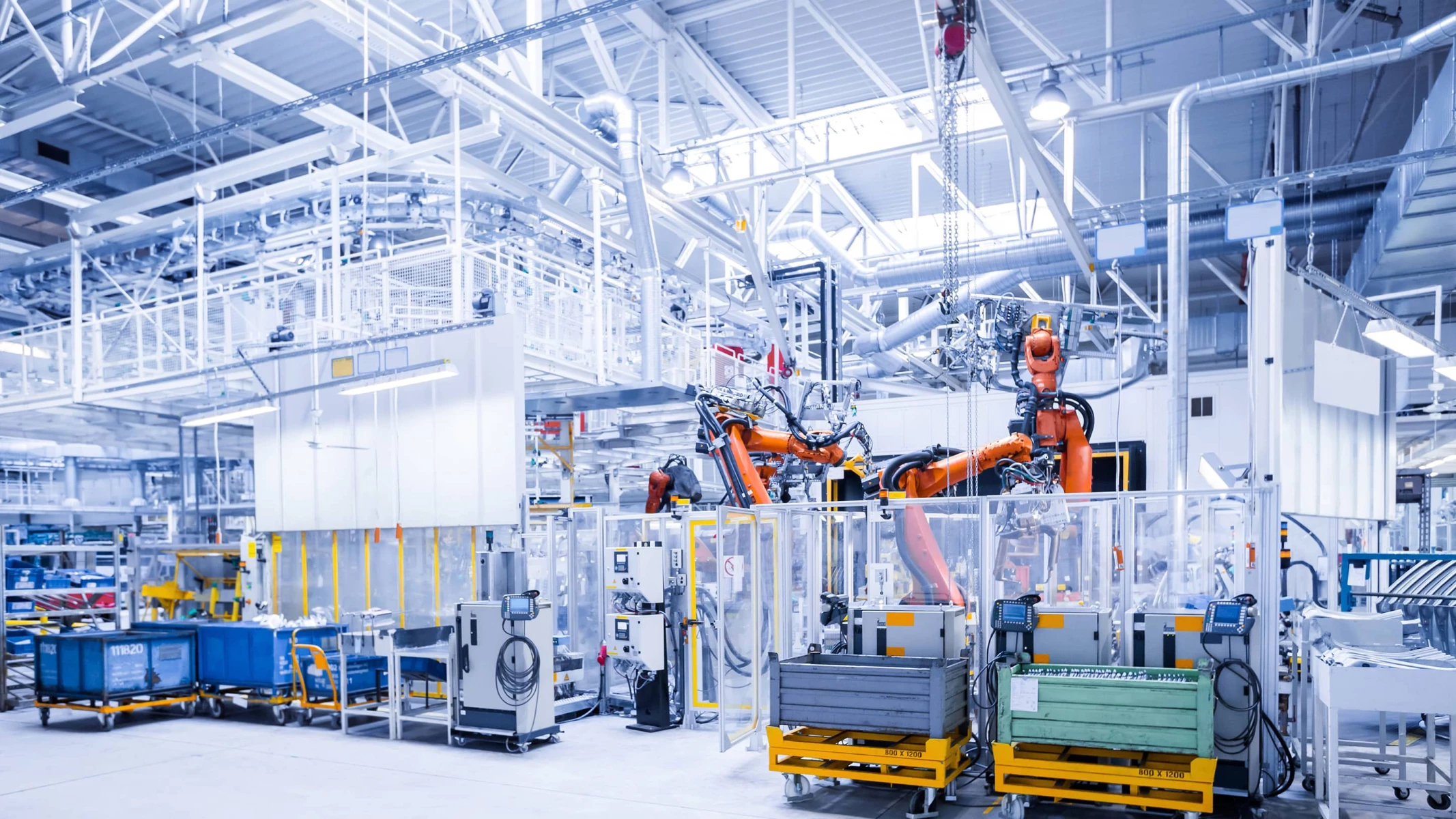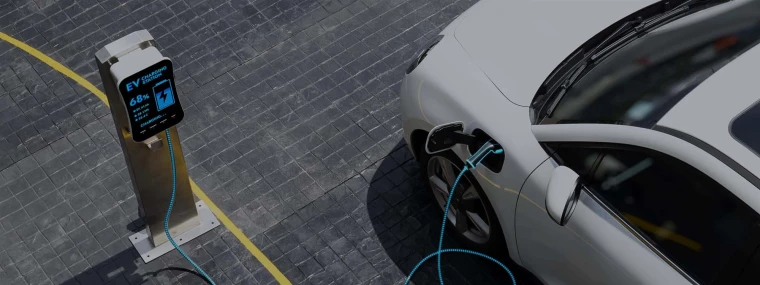Welcome to BCG
Unlocking the Potential of Those Who Advance the World
How can we assist you today?
Learn more about our core areas of expertise by selecting your topic of interest.
Capabilities
Industries

Artificial Intelligence
Scaling artificial intelligence can create a massive competitive advantage. Learn how our AI-driven initiatives have helped clients extract value.
Business and Organizational Purpose
Excavating purpose is among the rewarding journeys companies can take. BCG BrightHouse helps organizations embrace purpose to achieve higher returns, employee engagement, and customer satisfaction.
Business Resilience
Leaders face an uncertain landscape. The impact of each decision feels impossible to predict, which is why they need strategies that are proactive, resilient, and competitive. No matter their starting point, BCG can help.
Business Transformation
Even today's leading companies could benefit from an always-on transformation capability—the kind that engenders resilience and leads to long-term value creation. BCG knows what it takes to build this muscle.
Climate Change and Sustainability
The time for global climate action is now. BCG helps clients accelerate their climate and sustainability journey and seize new opportunities to build competitive advantage.
Corporate Finance and Strategy
The rules of business and for maintaining competitive advantage are changing. We help companies reimagine strategy and value creation in a fast-paced world.
Customer Insights
Having rich customer insights allows companies to solve pressing business problems and capture growth opportunities. BCG’s Center for Customer Insight arms companies with the tools they need to unlock this advantage.
Digital, Technology, and Data
BCG identifies and delivers high-impact programs to build companies of the future that will outperform the competition in the future.
Inclusive Advantage
Our work helps organizations thrive by developing inclusive strategies that promote both business advantage and societal impact.
Innovation Strategy and Delivery
Innovation is extremely difficult—but also necessary. We collaborate closely with organizations on holistic innovation journeys to help them secure long-term competitive advantage.
International Business
We stand side by side with our clients, offering expertise and strategy as they look to expand the boundaries of their businesses in an uncertain and sometimes tumultuous world.
M&A, Transactions, and PMI
BCG provides the strategic decision-making capabilities and proactive portfolio management companies need to create value from M&A, transactions, and PMI.
Manufacturing
We ask three guiding questions: when, where, and how will you manufacture in an era of emerging technologies and economic uncertainty? We're committed to helping our clients arrive at answers that are right for them.
Marketing and Sales
Customer centricity is key and made possible through analytics, agile processes, and a test-and-learn culture. BCG partners with marketing and sales organizations to make it happen.
Operations
We help clients unlock value from every aspect of their operations, maximizing efficiency and effectiveness in procurement, service operations, supply chains, and beyond.
Organization Strategy
Organization is at the core of nearly everything we do at BCG. We believe that when clients have the right organization design, the possibilities are endless.
People Strategy
Any company's most important asset is its people. Our experts in leadership, culture, talent, reskilling, and HR help businesses respond to current and future challenges.
Pricing and Revenue Management
We bring expertise and data-driven strategies to help clients unleash the power of effective pricing—and unlock its potential to increase the bottom line.
Risk Management and Compliance
BCG's Risk and Compliance consulting supports their client's growth ambition with strategic, transformational, and technical functional offerings in Finance.
Social Impact
By focusing on tangible ways to generate positive social impact (related to climate change, global education, racial equity, and more) we help organizations tackle some of the most pressing issues facing our world today.
Zero-Based Budgeting
Zero-based budgeting is a powerful strategy that yields significant benefits. Our approach fosters a culture of cost consciousness, growth, and innovation.
Aerospace and Defense
Our aerospace and defense experts help industry players navigate their day-to-day operations and identify ways they can innovate for the future.
Automotive Industry
Breakthroughs in automotive technologies and emerging business models are changing the world. We help the leading game changers stay ahead of the curve.
Consumer Products Industry
Brands around the world must master digital to survive. We have the expertise and capabilities to power consumer-centric innovation grounded in data, analytics, and AI.
Financial Institutions
BCG helps global and regional financial institutions build for the future using digital innovations and an ESG focus to drive fundamental change and deliver on evolving customer demands.
Health Care Industry
We work with organizations around the globe to transform health care operating models enabling them to deliver medical breakthroughs, innovative cures, and transformative patient experiences.
Industrial Goods
Our experts provide industrial goods clients with the skills they need to adapt to change and rethink their business models in their rapidly evolving industries.
Insurance Industry
Customers increasingly expect more from insurers. BCG helps companies rise to the challenge and equips them to lead in the digital future.
Principal Investors and Private Equity
The rapid growth of private capital brings unprecedented opportunities to unlock value while making a positive difference in the world. BCG advises leading investors on how to stay ahead.
Public Sector
BCG’s Public Sector practice joins forces with global organizations and governments to transform how they operate so they can better meet increasingly challenging and complex societal problems.
Retail Industry
We help the world's leading retailers compete in the digital era by developing and delivering cutting-edge tech strategies and identifying new sources of growth.
Technology, Media, and Telecommunications
BCG collaborates with technology, media, and telecommunications companies to solve problems and pursue new strategies as they continue to shape the future.
Transportation and Logistics
We empower clients to boldly reinvent themselves and embrace digital innovation so they can better serve their customers amid today's volatility.
Travel and Tourism
The industry has suffered an unprecedented shock. BCG collaborates with travel and tourism providers as they navigate this turbulence and build resilience for the future.
Our Locations
BCG in the United States
Learn about our offices in the United States, read our latest thought leadership, and connect with our team.
BCG Careers
Go Beyond the Expected
We’re dedicated to helping our clients do amazing things and unlocking the potential of those who advance the world. Join us, and you can too.
Featured Insights
BCG’s most inspiring thought leadership on issues shaping the future of business and society
Get the latest industry insights delivered to you













































